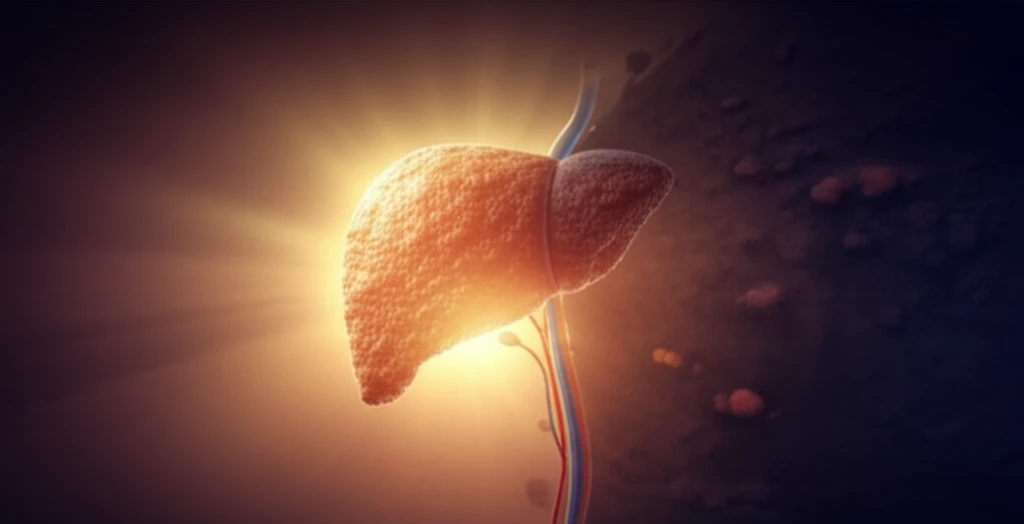
Is Fatty Liver Stealing Your Sunshine? How Steatosis Impacts Hepatitis C Outcomes
"Uncover the surprising link between liver fat, hepatitis C treatment, and your long-term health. Learn what you need to know."
Hepatitis C is a liver infection caused by the hepatitis C virus (HCV). Left unchecked, it can lead to serious liver damage, including cirrhosis and liver cancer. Fortunately, antiviral treatments have revolutionized hepatitis C care, offering a high chance of a cure. But what happens when another common liver condition, fatty liver disease (steatosis), enters the picture?
Steatosis, or fatty liver, occurs when there’s a buildup of fat in the liver. It’s often linked to factors like obesity, diabetes, and high cholesterol. Recent studies suggest that steatosis can influence how hepatitis C progresses and responds to treatment. Understanding this connection is essential for managing your liver health and improving treatment outcomes.
This article will explore the relationship between steatosis and hepatitis C, drawing on the insights from a research paper titled 'Steatosis influences the clinical profiles and long-term outcomes of interferon-treated chronic hepatitis C and liver cirrhosis patients'. We'll break down the findings and explain what they mean for anyone affected by these conditions.
The Steatosis-Hepatitis C Connection: What the Research Reveals?

A study published in the International Journal of Medical Sciences investigated how steatosis affects people with chronic hepatitis C who had been treated with interferon (IFN). The study followed 282 patients with either chronic hepatitis C or liver cirrhosis who all achieved a sustained virological response (SVR) after interferon treatment. The researchers wanted to see if steatosis had any impact on their long-term outcomes.
- More than half had steatosis: 60.3% of the patients had steatosis alongside hepatitis C.
- Worse blood test results: Patients with steatosis had poorer blood test results related to liver function.
- More inflammation and liver damage: The liver biopsies of those with steatosis showed more inflammation and a higher degree of fibrosis (scarring).
- Higher risk of liver cancer: The incidence of hepatocellular carcinoma (HCC), a type of liver cancer, was significantly higher in patients with steatosis.
- BMI isn't the whole story: While body mass index (BMI) is often associated with fatty liver, the study found that BMI alone couldn't predict HCC development.
What Does This Mean for You?
If you have hepatitis C or have been treated for it, it’s important to be aware of steatosis. The good news is that steatosis can often be managed through lifestyle changes like diet and exercise. Talk to your doctor about getting screened for fatty liver and discuss strategies to improve your liver health. While this study focused on patients treated with interferon, these findings are likely relevant even with newer antiviral therapies. Taking care of your liver is crucial for your long-term well-being, whether you’re currently battling hepatitis C or have successfully cleared the virus.
